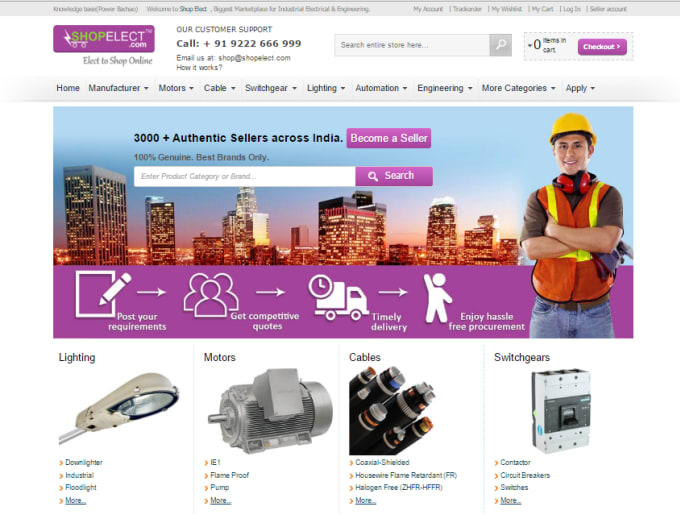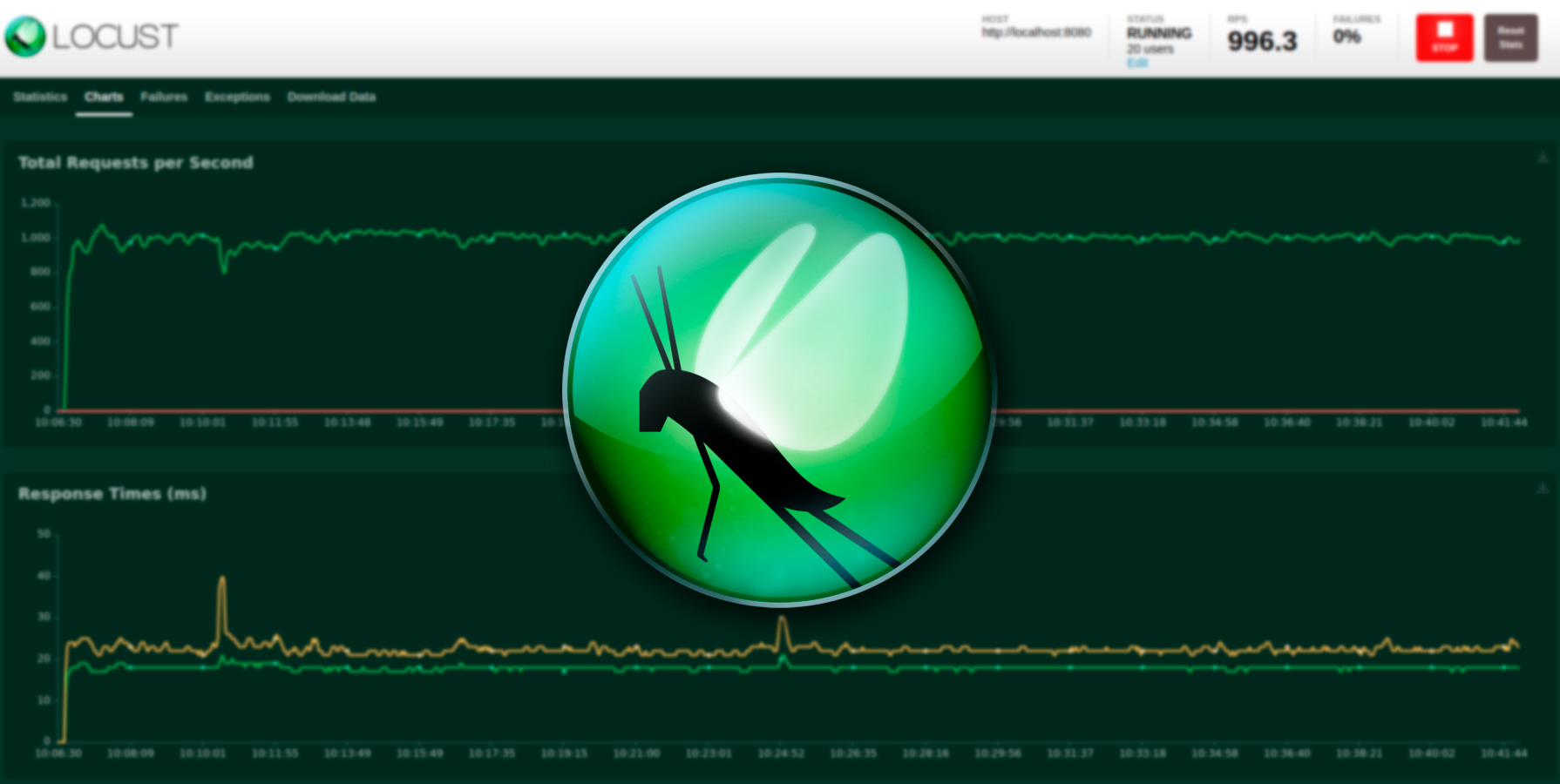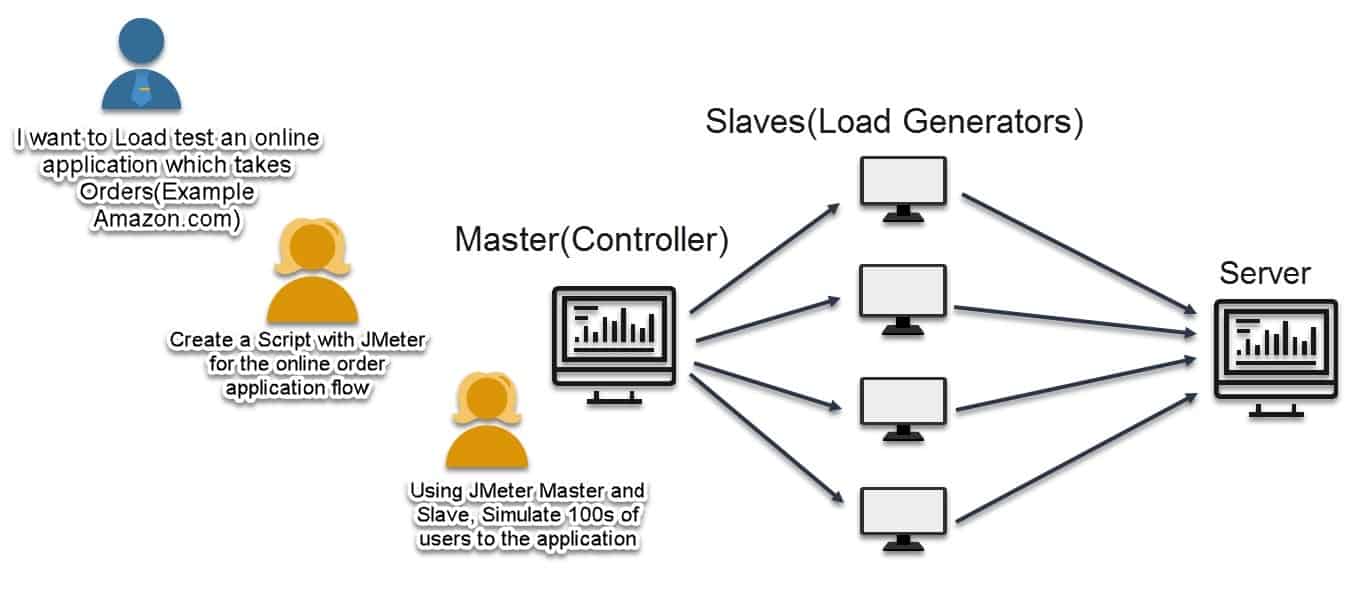
Pre-Populating HTTP Request Defaults before Recording the Script. Use the HTTP(S) Test Script Recorder Element. Take into Account Calls to Third-Party Services. An Environment Consistent with the Target. Never Host Injectors on the Same Server as the Tested System. Preparing the Test Environment (Injectors and Tested Systems). Rule 4: Be Careful with Low-Performing Assertions. Rule 3: Assertions Can Validate the Main Sample and/or the Sub-Samples. Rule 2: Failed Assertions Cause the Failure of the Entire Transaction Controller. Rule 1: Assertions Are Executed after Each Sampler in Their Scope or to Parent Samplers. Controlling the Execution Order of Timers. Rule 2: If There Is More Than One Timer in the Scope, All the Timers Will Be Processed before the Sampler. Rule 1: Timers Are Executed before Each Sampler in Their Scope. Parameters to Take into Account when Creating a Scenario. Identify Critical Business Scenarios to Script. Setup JMeter to Record Our Browsing Session. In particular, it would be invaluable to developers who want to expand their JMeter knowledge into advanced topics or switch to JMeter from other load testing tools. It might be a little condensed for absolute beginners, but this book is the best you can find if you already have some performance testing experience and want to get further. This book contains all the valuable information you need in one place and is a must for everybody who is seriously working with JMeter. Integrate JMeter with Jenkins using Maven. Learn and apply good practices when recording a script. Prepare your test environment with injectors and the system under test. Design a realistic test scenario using various tips and best practices. Discover the types of test protocols and load tests that JMeter supports. Explore various JMeter concepts, including Timers scope and Assertions scope. You'll discover ways to use the eco-system of JMeter to integrate new protocols, enrich its monitoring, and leverage its power through the use of the cloud.īy the end of this book, you'll know all that's needed to perform comprehensive load testing on your applications by using all the best practices and features of JMeter. Finally, you'll see how to integrate JMeter into the DevOps approach and create professional reports. You'll also explore the different protocols offered by JMeter through various real-world examples. 
You'll learn the best practices that you must follow while designing test cases. This book is written by JMeter developers and begins by discussing the whole process, including recording a script, setting it up, and launching it, enabling you to almost immediately start load testing.

By leveraging the features and capabilities of JMeter, you can perform extensive load testing and fix issues in your application before they become problematic. One popular open source tool for load testing is JMeter.

Load tests help identify the maximum number of requests a software system can handle. Explore how to integrate JMeter in the software factory.Learn to analyze a load test with Backend Listener, HTML Report Dashboard, and View Results Tree.

Gain insights into preparing test environments and selecting the correct use cases to load test.Learn how to get the most out of JMeter, improve the productivity of your apps, and integrate JMeter with your Agile and DevOps processes.








 0 kommentar(er)
0 kommentar(er)
